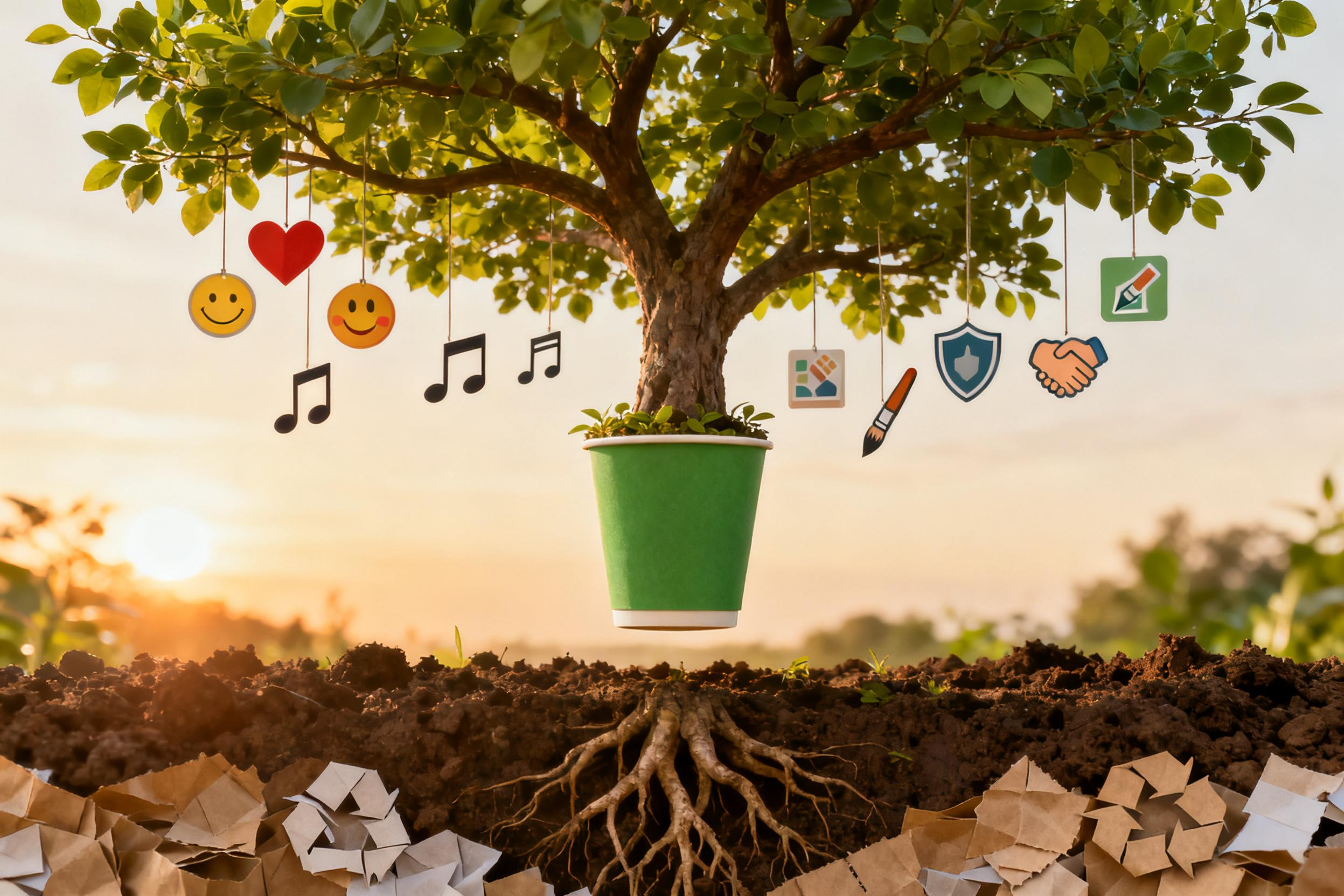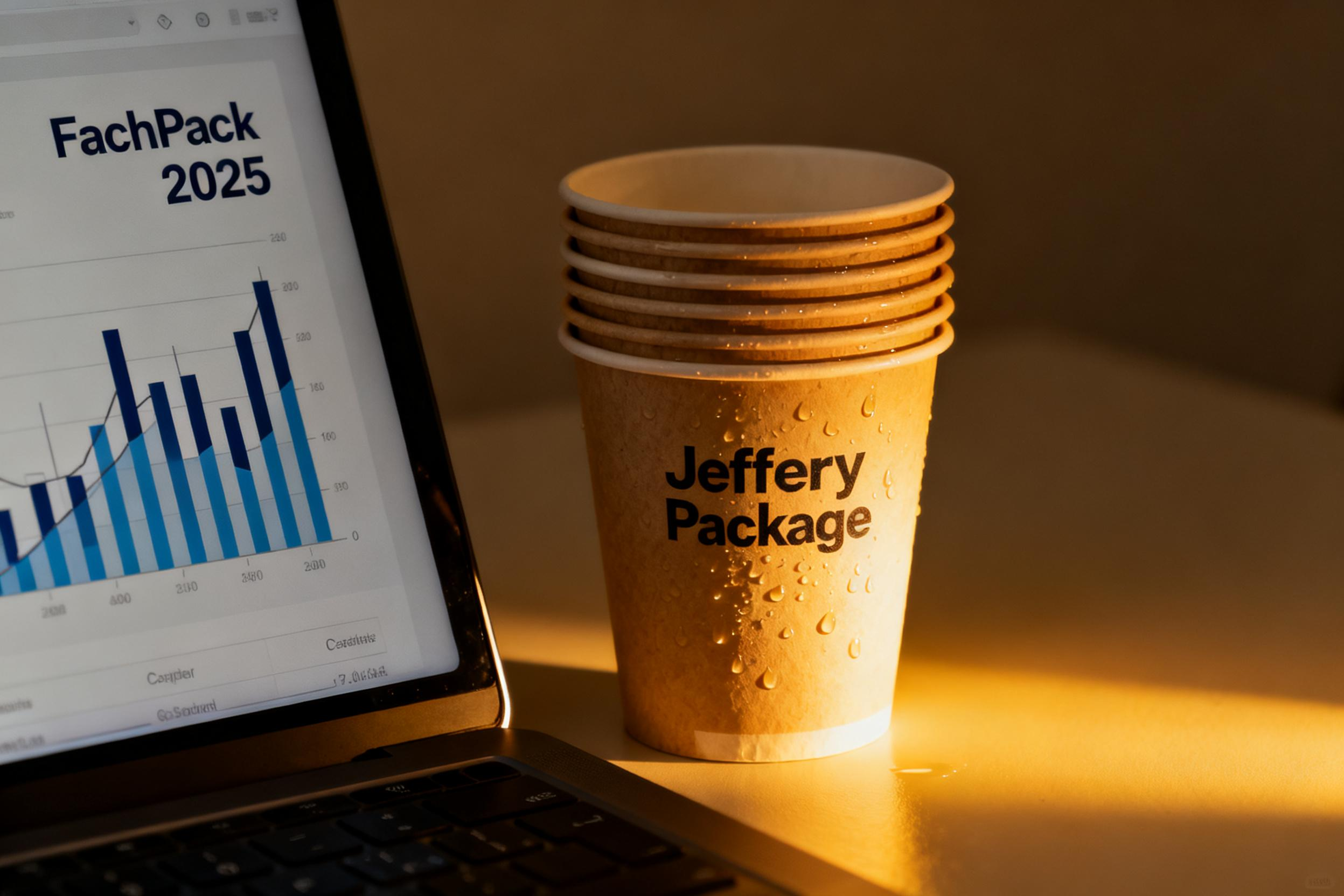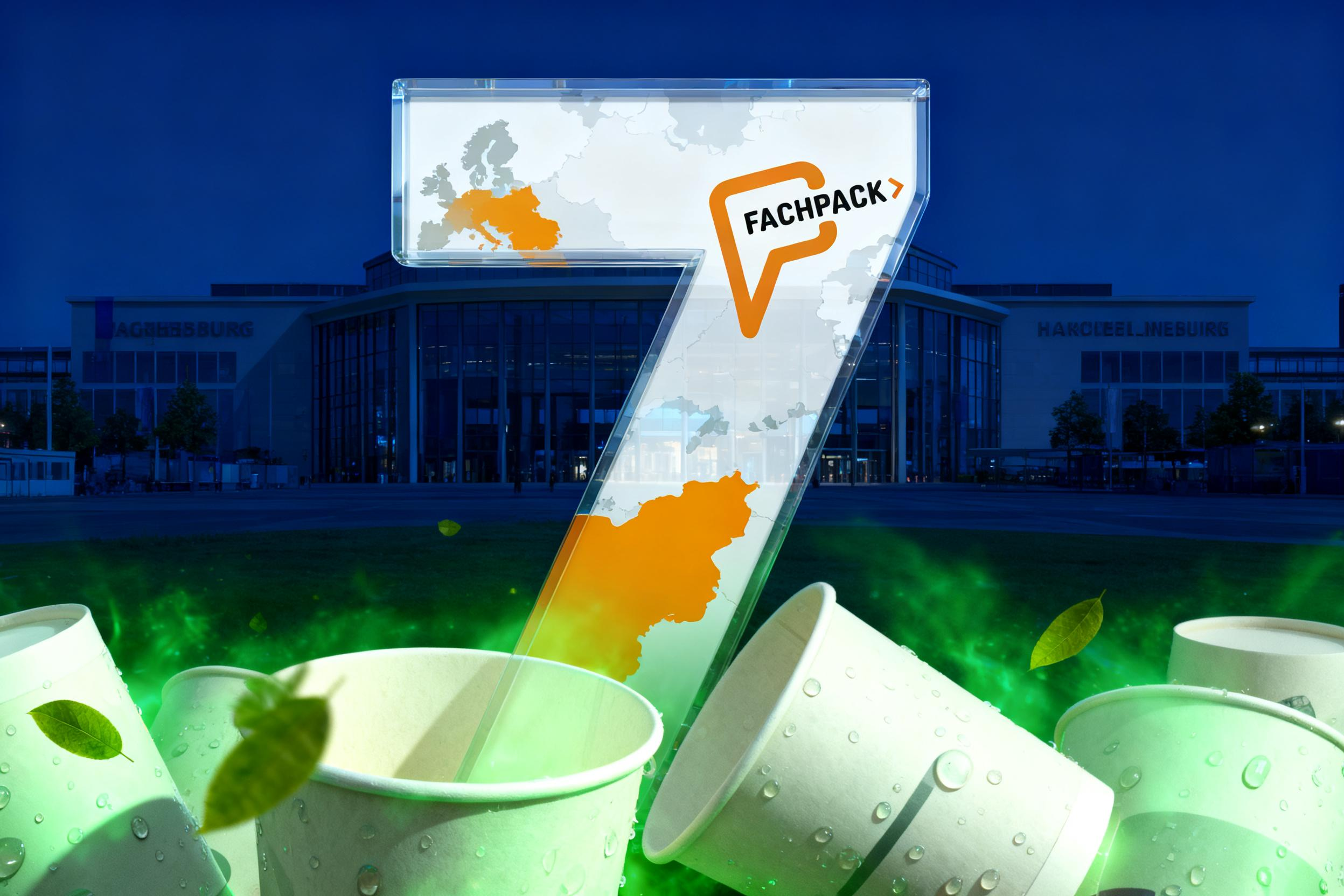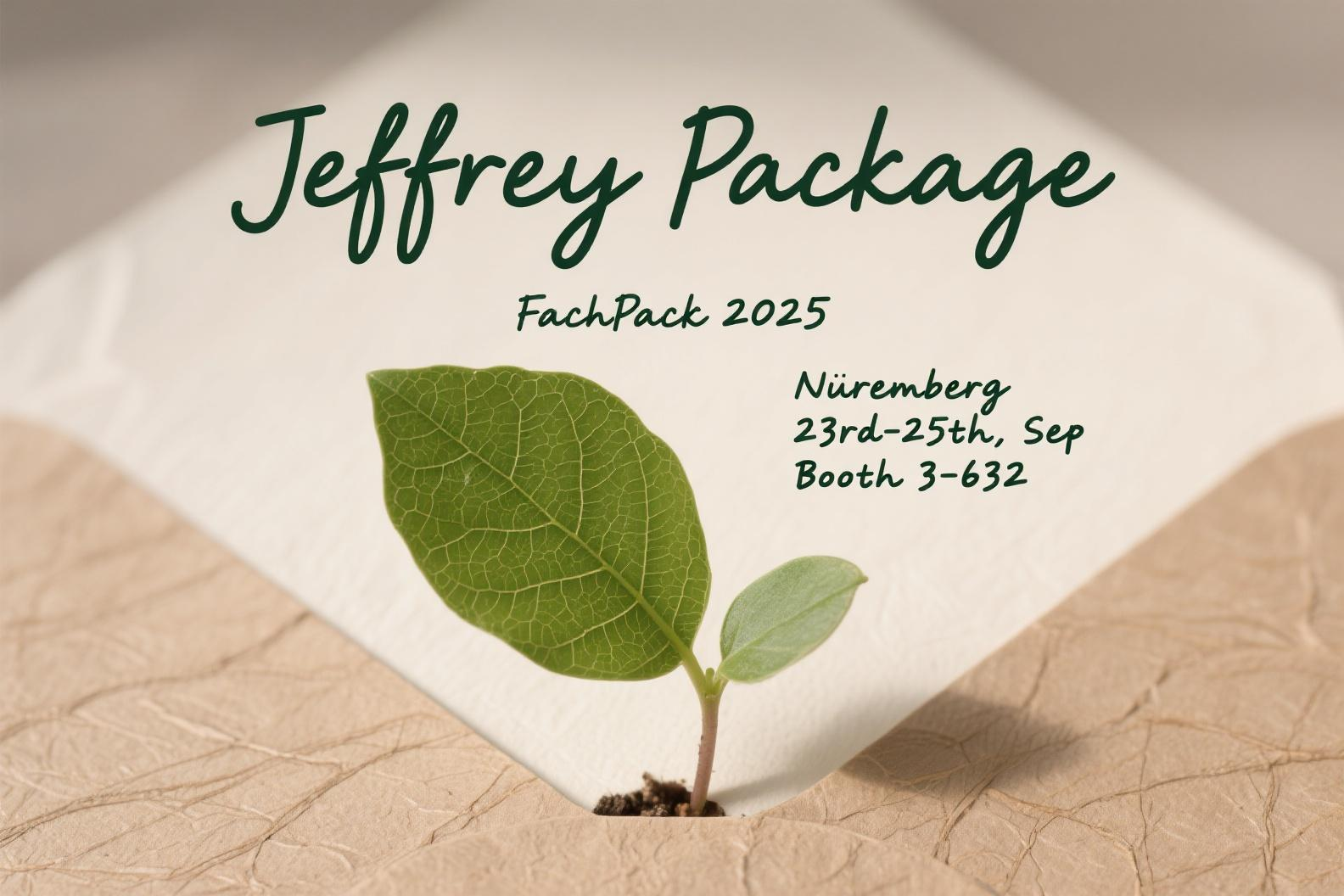The Future of Paper Cups: Innovations Driving Sustainability
In an era where environmental consciousness is reshaping consumer behavior, the humble paper cup is undergoing a revolutionary transformation. From cutting-edge materials to circular economy initiatives, the paper cup industry is at the forefront of sustainable innovation. Let’s explore the latest trends and breakthroughs redefining this essential product.
1. The Rise of Plastic-Free Paper Cups
Traditional paper cups often rely on polyethylene (PE) or polylactic acid (PLA) coatings, which hinder recyclability and contribute to microplastic pollution. However, breakthroughs like water-based barrier technology are changing the game.
Key Impact:
-
A single recycled water-based cup can reduce carbon emissions by 60% compared to traditional PE-coated cups2.
-
In Shanghai alone, replacing 1.5 million daily PE-coated cups with plastic-free alternatives could cut CO2 emissions by 8 tons daily—equivalent to the carbon absorption of 500 trees annually.
2. Policy Momentum and Market Growth
Governments worldwide are accelerating the shift toward sustainable packaging. China’s “Plastic Pollution Control Action Plan” and Shanghai’s “Zero-Waste City” regulations (effective June 2024) mandate reductions in single-use plastics and promote circular economy models28. Similarly, the EU’s ban on single-use plastics has spurred demand for compostable alternatives.
Market Insights:
-
The global eco-friendly paper cup market, valued at 1.4billionin2022∗∗,isprojectedtoreach∗∗2.7 billion by 2030, driven by an 8.9% CAGR1.
-
Coffee shops and fast-food outlets dominate demand, accounting for 70% of market revenue, as brands like Starbucks and Luckin Coffee adopt greener solutions to align with consumer preferences.
3. Success Stories: From Concept to Reality
Case Study : Haining Marathon’s Zero-Waste Initiative
At the 2025 Haining Marathon, 40,000 fully recyclable paper cups were deployed. Post-event, these cups were directly pulped without plastic separation and repurposed into non-food packaging, reducing plastic waste by 0.2 tons and setting a benchmark for large-scale events.
4. Challenges and the Road Ahead
While progress is undeniable, hurdles remain. Higher production costs for eco-friendly materials and consumer education on proper disposal are critical barriers. Moreover, competition from reusable alternatives demands continuous innovation in durability and cost-efficiency.
A Call to Action
The paper cup industry’s evolution reflects a broader shift toward sustainability. By embracing innovations like water-based coatings and circular recycling systems, businesses can reduce their environmental footprint while meeting regulatory and consumer demands. At Jeffrey, we’re committed to partnering with forward-thinking brands to deliver packaging solutions that are as sustainable as they are functional.
Join us https://www.jfrpack.com/ in reimagining the future—one cup at a time.





